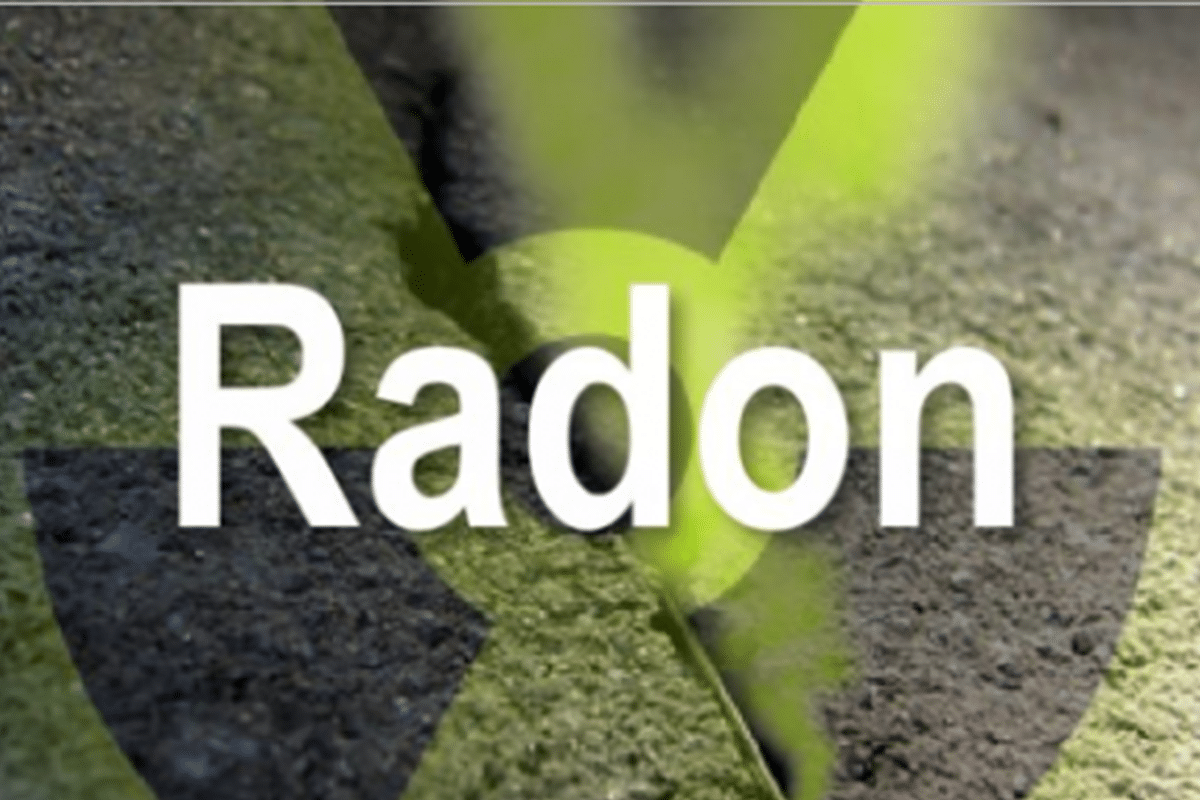Welcome To Utah Home Inspections
- Work TIme:Mon-Fri 09AM-6PM
Call or text any time:
801-792-6479
Email us:
info@beawarehomeinspections.com
Address
391 E 1700 S #160111 Clearfield, UT 84016

Radon Testing
Radon Gas is an odorless, tasteless and natural occurring gas emitted by the soil during the natural breakdown of uranium, thorium, or radium, which are radioactive metals in soil, rocks, and water. The EPA has warned that Radon gas is a carcinogen and is the second leading cause of lung cancer in the United States today – only behind smoking. The World Health Organization (WHO) estimates that 15% of lung cancers worldwide are caused by exposure to elevated indoor levels of Radon. Scientific studies of Radon exposure indicate that children and smokers may be more sensitive to Radon. Radon Gas enters into the home through the water supply, windows and doors, cracks and holes in foundation and concrete floors.


Testing for Radon
Testing is the only way to know the Radon level of a home. One in 3 homes in the state of Utah test above the EPA action guideline limit. The U.S. Environmental Protection Agency (EPA), the U.S. Surgeon General, and the Center for Disease Control and Prevention (CDC) strongly recommend that ALL homebuyers have an indoor radon test performed prior to purchase or taking occupancy and recommend having the radon levels professionally mitigated if elevated radon concentrations are found. Most short-term radon tests are conducted using a radon monitor placed in the home for at least 48 hours continually.
Radon Mitigation
Radon levels can usually be lowered using a process called mitigation. The EPA strongly recommends you use mitigation techniques to reduce indoor Radon if levels in your home are 4.0 pCi/L or greater. A Radon level below 4.0 pCi/L still poses a risk, so still consider fixing the home when between 2.0 and 3.9 pCi/L. The higher the home’s Radon level, the greater the health risk to you and your family. Also keep in mind that indoor Radon levels vary by season and weather conditions. So even at levels below 2.0 pCi/l, consider bi-annual retesting or whenever significant changes to the home structure or mechanical systems occur.
